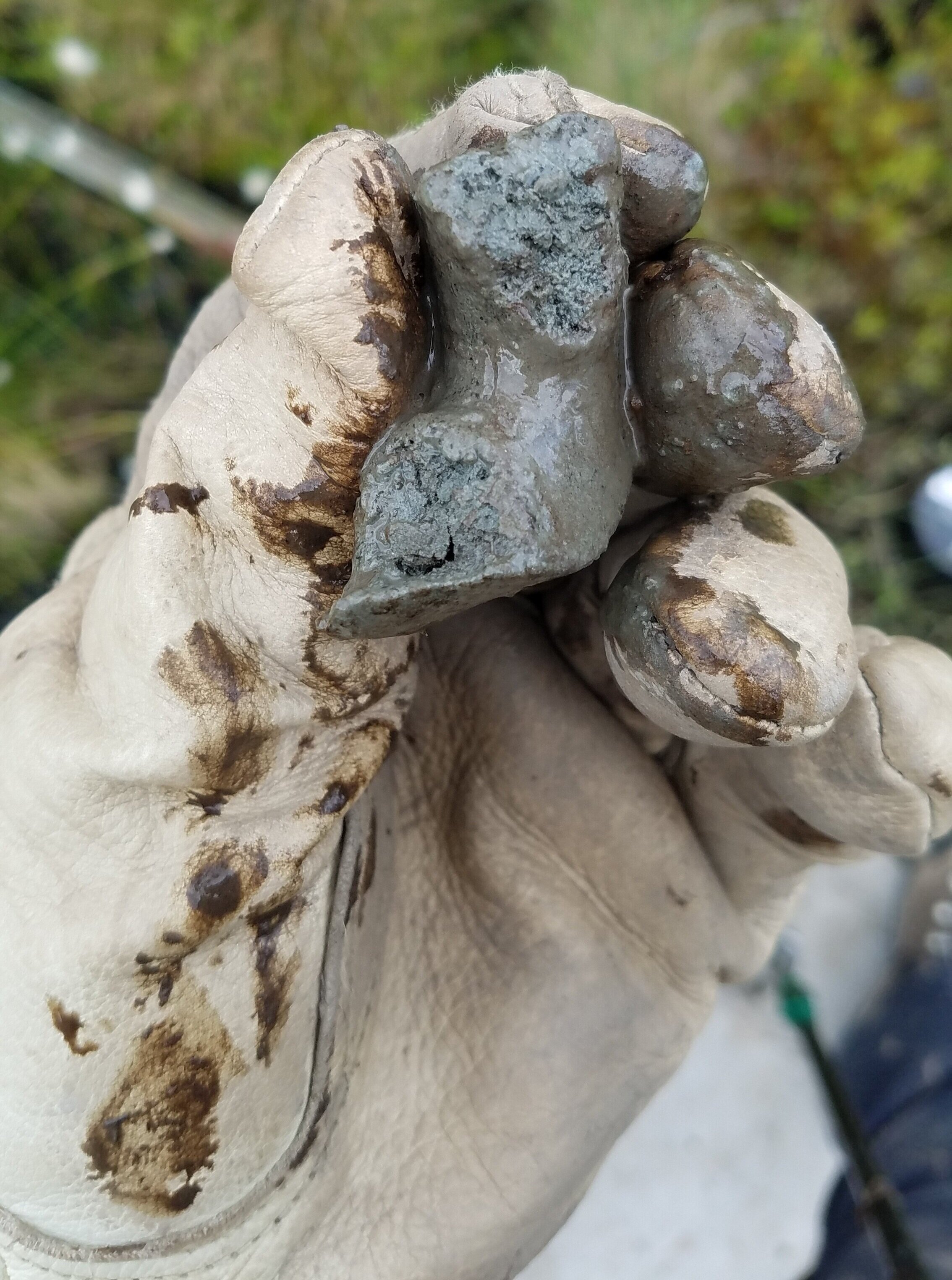Postdoctoral Research
Fostering Science Research
Foster youth are underrepresented in summer camps. Barriers such as cost and transportation make participation difficult. During my Ph.D. I have co-coordinated, co-instructed, and am now Associate Director of a youth education program called Fostering Science. This program provides free science experiences to Alaskan foster youth. Most of these youth are Alaska Native. Our instructor team consists of Alaska Native Elders, artists, and scientists. I have co-created curriculums, taught hands-on science activities, and co-created and co-ran a leadership program called Bonanza Creek Leaders-in-Training. During this leadership program, our paid participants write a cover letter and resume, receive science and science communication training, co-create and teach science curriculum for our youth camp, and assist in running the camp as junior counselors.
As a postdoctoral researcher and Associate Director of the Fostering Science program, I will lead an effort to formally evaluate our programs with IRB approval using a mixed data approach that includes qualitative interviews and Photovoice. I am specifically interested in the program’s impacts on perceived science identity, participant values, the impact of multi-age relationships with other foster youth, and where youth and educator perspectives align. I will conduct this work in the University of Washington Civil and Environmental Engineering Department with additional mentorship and support from collaborators at the School of Social Work and the University of Alaska Fairbanks International Arctic Research Center. This study will result in both publications and valuable feedback for our coordinators and instructors.
Leading fostering science participants to drill a permafrost core in interior, alaska
PhD Research
Permafrost in a Warmer World
Background
Global landscapes are changing rapidly, and the consequences of these changes disproportionally affect the most vulnerable. For example, in the permafrost region, an area that contains over 35 million people and frozen soils containing twice the carbon currently in the atmosphere, rapid warming is causing permafrost to thaw. The consequences of thaw are harsh, including acceleration of climate change, infrastructure damage, ecosystem degradation, and the displacement and disruption of Indigenous Communities. In this region, it is crucial to understand what controls rates of thaw, the impact that thaw has on local and global communities, and to engage and support local peoples who are disproportionately impacted by the consequences of thaw. My ongoing research investigates environmental controls on permafrost thaw and resulting methane emissions.
Overview
Northern high latitudes are projected to become warmer and wetter, which will affect rates of permafrost thaw as well as mechanisms by which thaw occurs. During my Ph.D., I uncovered the environmental controls on permafrost thaw and soil thermal regimes at two climatically different Alaskan sites: Kenai Wildlife Refuge located at the warm and wet southern fringe of the permafrost zone and Bonanza Creek Long Term Ecological Research Forest located 400 km north in the colder and drier Alaskan Interior.
At Kenai Wildlife Refuge (Eklof et al 2024), I observed a nine-fold increase in permafrost thaw rates in response to three consecutive rainy and snowy years. I discovered that mechanisms of thaw varied throughout the site. Lowland areas thawed due to insulation from deep snow during the cold season and high thermal conductivity from wet soils during the warm season, while locations on slopes thawed due to advective heat transport by rain during extreme rain events (figure). This study provided new insights into the role of advective heat transport in permafrost ecosystems—a topic of ongoing debate—and offered a possible view of future thaw dynamics at increasingly wet and warm sites further north.
At Bonanza Creek, I installed one of the densest networks of soil temperature profilers in the world. I combined this rich thermal dataset with other environmental measurements, flux tower data, and remote sensing products to identify distinct thermal regimes and permafrost behaviors along a site transect. The exceptional spatial resolution of this study and the breadth of the 40+ individual environmental metrics allowed for mechanistic exploration that was not technologically or financially viable less than a decade ago. The data suggest that spatial variability in permafrost depth is controlled by winter thermal behavior, which depends on proximity to wetlands and seasonal timing of soil moisture.
frozen soil cutting removed from auger bit from bonanza creek lter site
Field site locations
Undergraduate Research
Splash-Cup Plant Dispersal
Splash-cup plants disperse their seeds by exploiting the kinetic energy of raindrops. When raindrops impact the splash-cup, seeds are projected up to 1 m away from the parent plant. This study focused on the conical splash-cups of the genera Chrysosplenium (golden-saxifrage) and Mazus. Our study used a 40° cone angle with the addition of seeds of varying characteristics to determine the impact that seeds of varying characteristics.
This work culminated in presentations at the University of Puget Sound's Summer Research Symposium, an oral presentation at the Murdock Conference, and a poster presentation at The Society for Integrative & Comparative Biology. This work was funded through a McCormick Grant, the University of Puget Sound's top research award.
still from fast camera footage of seeds leaving our 3-d printed splash-cup mimic
Namibian Cultural Botany
I participated in a field-based course with Professor Rachel DeMotts in the Zambezi region of Namibia. This course included the field data collection portion of ongoing botany research. The goal of this work was to document the traditional uses of local plants from knowledgeable elders. This research resulted in the publication of a plant dictionary in four languages that was distributed to local schools, lodges, and conservancies of the region. I presented this work to an audience of over 300 at a University of Puget Sound donor event.
Image of the culturally significant baobab tree






